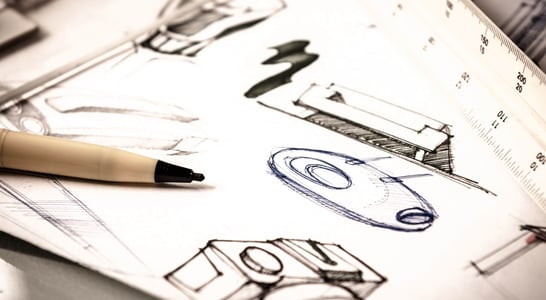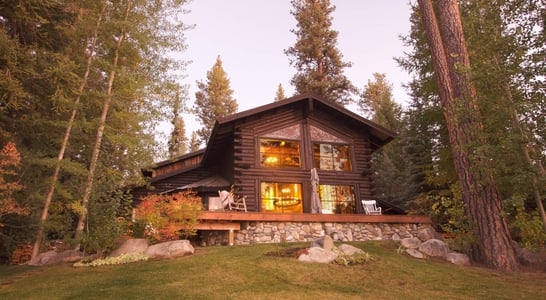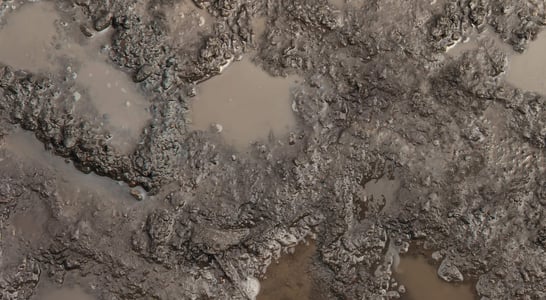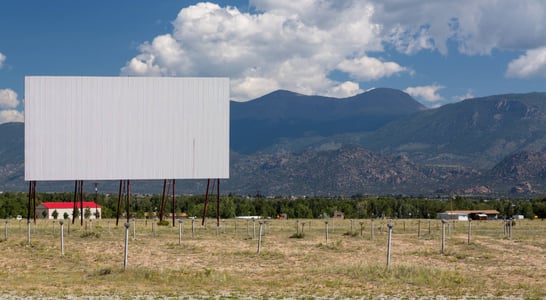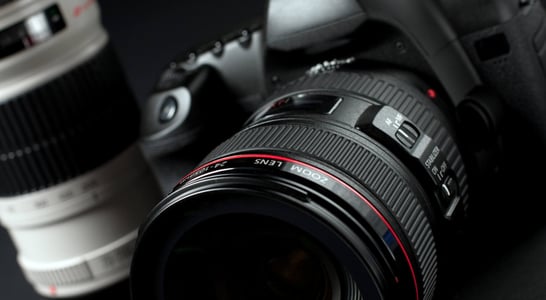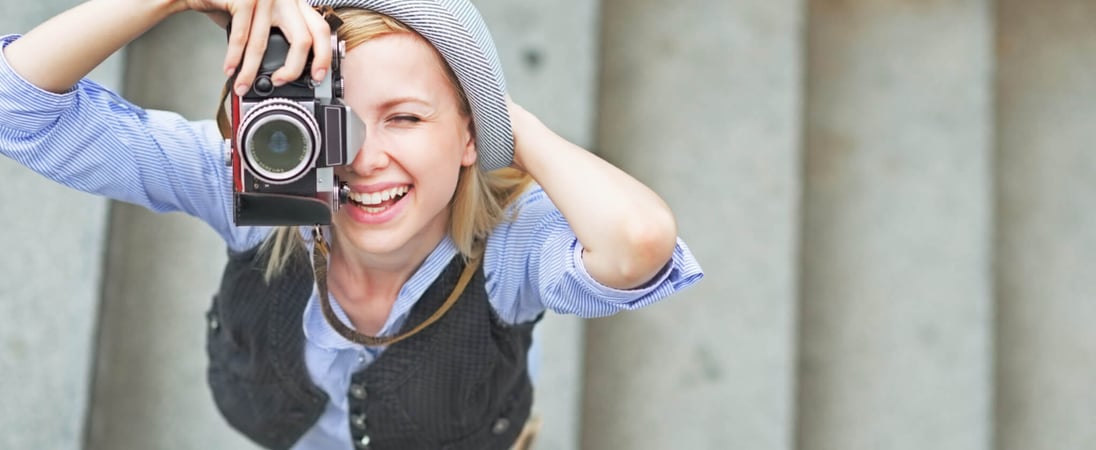
National Camera Day
Dust off an old digital camera, buy a disposable camera, or just fire up your smartphone and snap some pictures of your day to keep those memories forever.
National Camera Day is a reminder for us to remember the many amazing benefits of this incredible piece of technology!
After all, how many other mediums can capture people and places so beautifully? How many other mediums can evoke smiles of memories past, or reminders of events that have shaped our lives?
How To Celebrate National Camera Day
Learn More About Cameras
You don’t need to know the history of the camera to celebrate National Camera Day, but while we have given you a snapshot of the people and events that have paved the way for the cameras we use today, you could make a special effort to learn more, be that at your local library or by looking up facts online.
Capture Some Photos
The most obvious thing to do today is to take some pictures of your own. Use your smartphone if that is your camera of choice, but if you do have access to a digital camera or something that still uses film, brush the dust off it, and take it out for a walk.
Who knows what you might see when you’re out and about, be it a comical moment that you can later share with your friends, or a piece of rare beauty that you can capture in a photograph to be looked on forever.
Share with Others
Take photos of your family and friends too, and along with any other pictures you take, share them on social media. And why not gift a photo to another? If you have taken something that will have special resonance for another, print it off and put it in a photo frame.
Get Creative!
Today could be the day to push yourself out of your comfort zone. So, you might put down your phone and use an actual camera for your photos, and you could take shots of something that you have never attempted before.
It could be a sunrise or sunset, birds in flight, or a scenic view at great height, as just a few examples. Just be careful if you attempt that last one!
Why Celebrate National Camera Day
The camera, in all of its many forms, is to be celebrated. This device has become a major part of our lives, and so, on National Camera Day, snap some photos during your lunch hour, on your commute to work, or whenever a moment of inspiration strikes.
Of course, the way you take pictures probably won’t be the way that people did it before the advent of digital photography and smart devices. Readers of a younger generation will be reaching for their smartphones to take photos of the world around them!
And even if you are somebody who was well-versed in the wonderful world of 35mm film and zoom lenses, you might still find yourself reaching for your mobile device instead of that vintage camera from yesteryear.
Still, no matter what type of device you use to take photos, do something this National Camera Day. We all need to express ourselves creatively, so let your juices flow when you’re out and about or pottering around in your home, and take some magical pics.
History of Cameras and Photography
Cameras and photography have developed substantially over the years, from its early roots with the French inventor Joseph Niépce right up to modern day digital photography.
Joseph Niépce was a French inventor and is most noted as one of the inventors of photography and as a pioneer in the field. He developed the heliograph; a technique used to produce the world’s first known photograph in 1825, the view from the window at Le Gras the families estate.
In 1839, Louis Jacques Daguerre took the first fixed image that didn’t fade. He is recognized for his invention of the daguerreotype process of photography. He became known as one of the fathers of photography.
His method required 30 minutes of exposure. He named the process – the Daguerreotype. Tintypes were developed in 1856 by Hamilton Smith and decades later, George Eastman invented flexible and unbreakable film that could be rolled. This was the birth of the first Kodak that was offered for sale in 1888.
In 1925 the Leica I went on sale, and its immediate popularity spawned a number of competitors. Kodak was one such competitor, and they released the Retina I in 1934.
Though 35 mm cameras were still out of reach for most people things would soon change with the introduction of the inexpensive Argus A in 1936. The Japanese camera industry began with the birth of Canon in 1936 with its 35 mm rangefinder.
Japanese cameras would soon become incredibly popular in the West after the Korean War as veterans and soldiers stationed in Japan brought them back to the United States.
While conventional cameras were becoming more refined and sophisticated, an entirely new type of camera appeared on the market in 1948. While TSLR and SLR were still the rage this new camera would change the way people would capture memories.
This was the Polaroid, the world’s first instant-picture camera where no film development was needed. Known as a Land Camera after its inventor, Edwin Land, this camera was able to produce finished positive prints from the exposed negatives in under a minute.
This new camera took the market by storm as people no longer had to sit still for long periods of time in order for their photographer to snap a picture.
The first digital camera that was commercially sold was in December of 1989 in Japan, the DS-X by Fuji. In 1991, Kodak brought to market the Kodak DCS-100, the beginning of a long line of professional Kodak DCS SLR cameras that were based in part on film bodies. It used a 1.3 megapixel sensor and was priced at $13,000.
The first commercially available digital camera, in the United States, was the 1990 the Dycam Model 1. It was originally a commercial failure because it was black and white, low in resolution, and cost nearly $1,000 but this changed and soon became loved by photographers.
With the standardisation of JPEG and MPEG in 1988, image and video files could be compressed for storage onto a SD or CF card. With the introduction of the Nikon D1 in 1999 at 2.47 megapixels, this was the first digital SLR that was entirely by a major manufacturer.
The D1 cost just under $6,000 and was inexpensive for professional photographers and high-end consumers. This camera also used Nikon F-mount lenses, which meant photographers could utilise many of the lenses they already owned.
By 2010, nearly all mobile phones featured built-in camera with a resolution of 1-2 megapixels digital video camera. Many cameras also featured built-in GPS.
National Camera Day FAQs
Did you know the first ‘selfie’ dates back to 1839?
Yes, Robert Cornelius, an American pioneer in photography, took a self-portrait in 1839.
He set up his camera, removed the lens cap, and then ran into the frame, capturing one of the earliest known photographs of a person.
Why do people in old photographs rarely smile?
Early cameras required long exposure times, sometimes up to several minutes. Holding a smile that long was difficult, so subjects often opted for neutral expressions.
How did the term ‘camera’ originate?
The word ‘camera’ comes from the Latin phrase ‘camera obscura,’ meaning ‘dark chamber.’ It described the early pinhole cameras that projected images onto a darkened surface.
Is it true that the left side of our face photographs better?
Research suggests that the left side of the human face is often perceived as more aesthetically pleasing in photographs, possibly due to its association with emotional expression.
How did aerial photography begin?
Aerial photography took off after the invention of the airplane in 1903, becoming a significant tool for military reconnaissance and mapping.
What was the ‘Brownie’ camera?
Introduced in 1900, the Brownie was the first mass-marketed camera, making photography accessible to the general public. It was a simple, affordable box camera that popularized snapshot photography.
Did early photographers really use dead models?
Yes, due to long exposure times, early photographers sometimes took portraits of deceased loved ones, as holding a pose for extended periods was challenging for the living.
How did the first instant camera work?
In 1948, Edwin Land introduced the Polaroid Land Camera, which could produce a finished photograph within a minute of taking the picture, revolutionizing photography.
What’s the significance of June 29th for National Camera Day?
While the exact origin of National Camera Day is unclear, June 29th is celebrated to honor the invention of the camera and its impact on capturing memories.
How has the camera evolved over time?
- From the ancient camera obscura to today’s digital devices, cameras have transformed from large, cumbersome equipment to compact, user-friendly gadgets integral to daily life.
Also on ...
View all holidaysWorld Industrial Design Day
Attend an industrial design expo, sign up for a class, and learn about the many exciting career opportunities for these innovative visionaries.
National Waffle Iron Day
Splurge on a fun waffle iron like a Mickey Mouse shaped one, or dig out that iron from the back of your cabinet and enjoy one of the greatest breakfast treats.
Log Cabin Day
Warm and inviting, an image away from the buzz of modern life: take a tour of log cabins in your area, and let yourself daydream of a simpler life.
International Mud Day
Participate in a Mud Run, join or watch some Mud Wrestling, or just get out in the dirt with friends or family and let loose by getting messy and having fun.
We think you may also like...
National Drive-In Movie Day
Bring snacks and drinks, comfy blankets, and of course your car and go see a new or old favorite movie at your local drive-in, from the comfort of your car.
Use Less Stuff Day
Cutting back on things, like a green champ! It's like giving Earth a high-five, all while making life simpler and cooler.
National Clean Out Your Computer Day
Give your computer a breath of fresh air - it's like opening a window in a stuffy room, helping it run smoother.
World Photography Day
A beautiful way to tell a story, express emotions, and preserve the beauty of the world around us. Start capturing your own story today!
